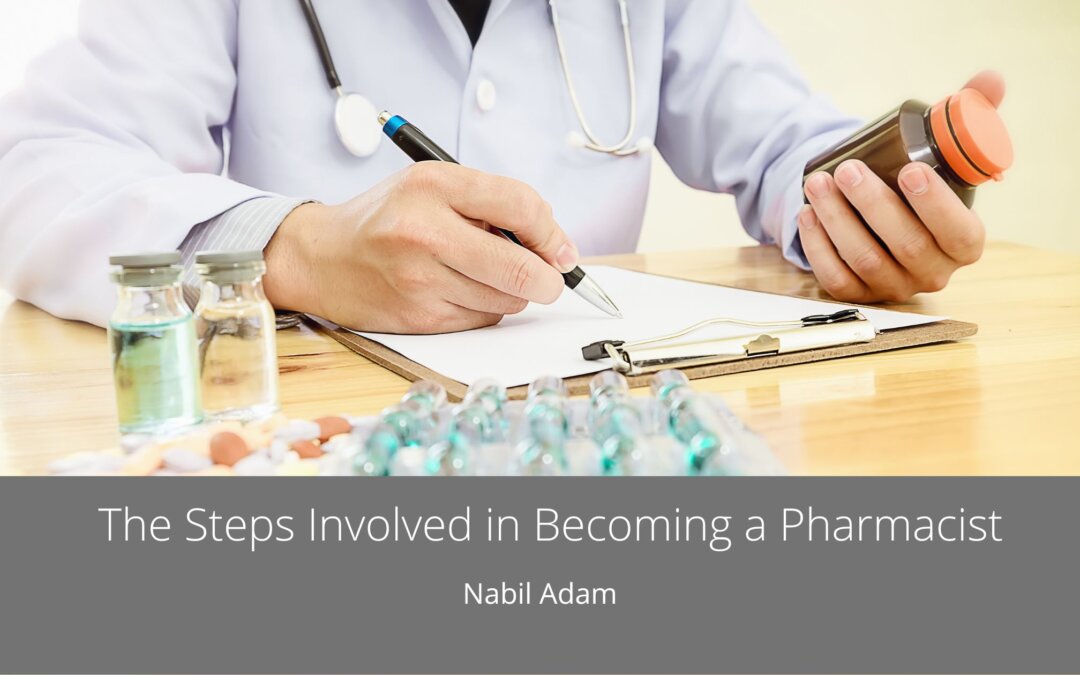Pharmacists are crucial in the healthcare industry, ensuring patients receive safe and effective medication. Pharmacists are highly educated and trained professionals who work in various settings, including hospitals, retail pharmacies, and research institutions. There are currently over 140 accredited colleges and schools of pharmacy in the United States. These institutions offer a variety of pharmacy degree programs, including Doctor of Pharmacy (PharmD) programs and graduate and post-graduate programs in pharmaceutical science and related fields.
Step 1: Obtain a Bachelor’s Degree
Most pharmacy schools require applicants to complete undergraduate coursework in chemistry, biology, and other related areas. You must check with the pharmacy school you plan to apply to for their requirements.
Step 2: Take the Pharmacy College Admission Test (PCAT)
The PCAT measures a student’s academic ability and scientific knowledge, and pharmacy schools use it to determine a student’s readiness for their program.
Step 3: Complete a Doctor of Pharmacy (PharmD) Program
After completing a bachelor’s degree and the PCAT, enrolling in a Doctor of Pharmacy (PharmD) program is next. PharmD programs typically take four years, including classroom and hands-on training. Students take pharmacology, pharmacy law, and pharmaceutical calculations courses during the program’s first two years. During the last two years, students have participated in clinical rotations in various healthcare settings, such as hospitals and retail pharmacies.
Step 4: Obtain a State License
You must obtain a state license to practice as a pharmacist in the United States. Each state has its licensing requirements, but at a minimum, you must pass the North American Pharmacist Licensure Examination (NAPLEX) and the Multistate Pharmacy Jurisprudence Examination (MPJE). These exams test your pharmacy law knowledge and ability to safely and effectively dispense medication.
Step 5: Consider Specializing
After obtaining your PharmD and state license, consider specializing in a particular pharmacy area. Specializations can include areas such as oncology, pediatrics, and critical care. Specializing can help you gain expertise in a specific area and make you more marketable to employers.
Step 6: Continue Your Education
The healthcare industry is constantly evolving, and pharmacists must stay current on their latest developments. Continuing education courses can help you stay current and advance your knowledge and skills. Many states require pharmacists to complete several continuing education hours yearly to maintain their licenses.
Becoming a pharmacist is a rigorous process that requires significant education and training. However, it can be a rewarding and fulfilling career for those passionate about helping others and intensely interested in science and medicine.

